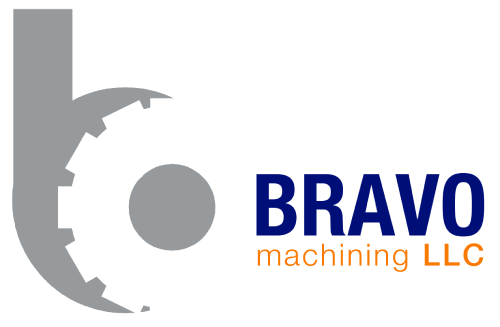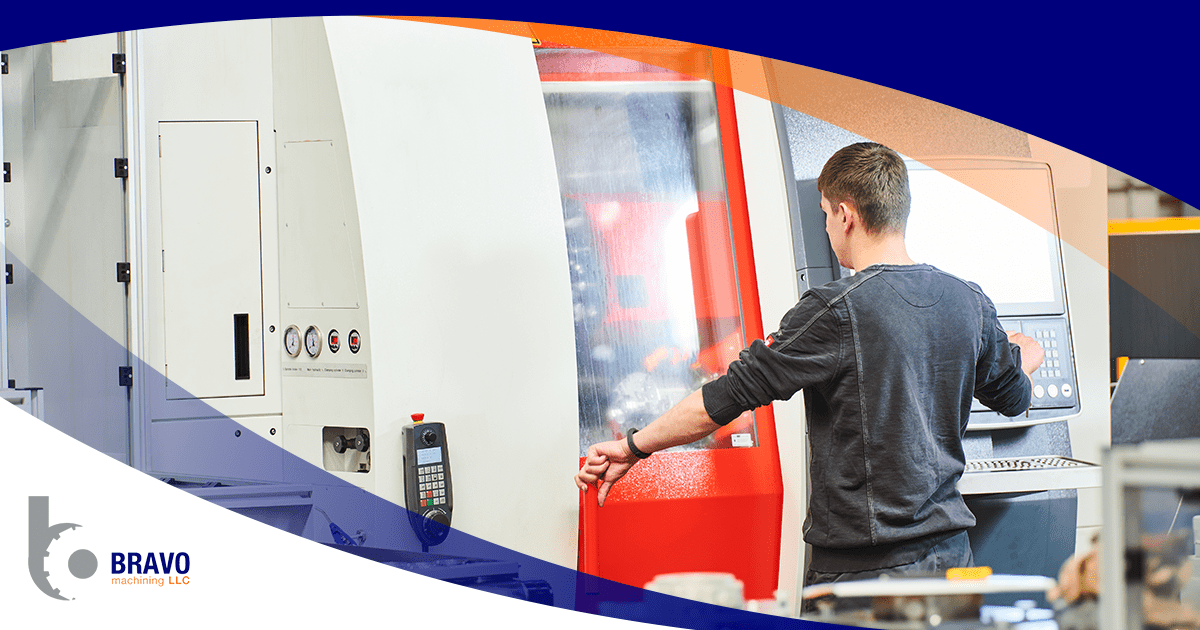CNC machining has come a long way since its inception, evolving into a highly sophisticated and precise manufacturing process. As technology continues to advance, the future of CNC machining looks promising, with several trends and innovations set to shape the industry. In this blog post, we will explore the future of CNC machining and the emerging technologies that will drive its evolution.
Trends Shaping the Future of CNC Machining:
- Automation and Industry 4.0: The integration of automation and Industry 4.0 principles is revolutionizing CNC machining. Advanced robotics and automated systems are enhancing productivity and efficiency by reducing manual intervention. Smart factories equipped with interconnected machines and real-time data analysis are becoming the norm, leading to improved quality control and reduced downtime.
- Additive Manufacturing: Additive manufacturing, or 3D printing, is complementing CNC machining by enabling the production of complex geometries that are difficult to achieve with traditional methods. The combination of CNC machining and additive manufacturing offers new possibilities for creating intricate and customized parts, pushing the boundaries of design and manufacturing.
- Advanced Materials: The development of advanced materials, such as composites and high-performance alloys, is expanding the capabilities of CNC machining. These materials offer superior properties like increased strength, reduced weight, and enhanced durability, making them ideal for demanding applications in aerospace, automotive, and medical industries.
- Artificial Intelligence and Machine Learning: Artificial intelligence (AI) and machine learning are being integrated into CNC machining processes to optimize operations and improve decision-making. AI-powered systems can analyze vast amounts of data to identify patterns, predict maintenance needs, and enhance process efficiency. Machine learning algorithms are also being used to improve toolpath optimization and reduce material waste.
Emerging Technologies in CNC Machining:
- Hybrid Machining: Hybrid machining combines traditional CNC machining with additive manufacturing, allowing for the creation of complex parts with both subtractive and additive processes. This approach offers greater design flexibility and reduces production time by eliminating the need for multiple setups.
- High-Speed Machining: High-speed machining (HSM) techniques are enabling faster material removal rates and shorter cycle times. HSM utilizes advanced toolpath strategies and optimized cutting parameters to achieve high precision and surface finish, making it ideal for industries requiring rapid production of high-quality parts.
- Nanotechnology: Nanotechnology is poised to revolutionize CNC machining by enabling the creation of nanoscale features and structures. This technology holds promise for applications in electronics, medical devices, and advanced materials, where precise control at the nanoscale is critical.
Conclusion:
The future of CNC machining is bright, with numerous trends and emerging technologies set to drive its evolution. Automation, additive manufacturing, advanced materials, AI, and hybrid machining are just a few of the innovations shaping the industry. As these technologies continue to develop, CNC machining will become even more precise, efficient, and versatile, opening up new possibilities for manufacturing and design. Staying ahead of these trends will be key for companies looking to remain competitive in the ever-evolving world of CNC machining.


